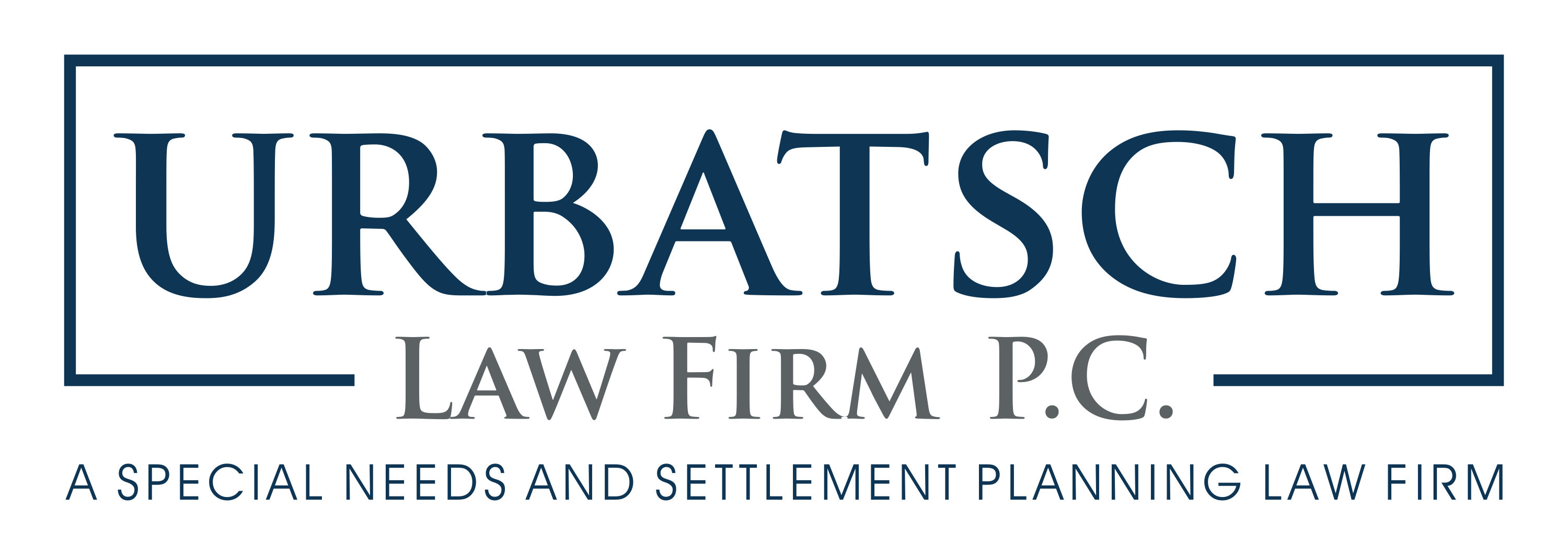 A sole benefit trust is a helpful estate planning tool if your family has cross-generational support needs.
A sole benefit trust is a helpful estate planning tool if your family has cross-generational support needs.
If a senior with more than $2,000 in assets wants to apply for Medicaid – but also wants to provide for a disabled relative – a sole benefit trust may be a good choice.
What Is a Sole Benefit Trust?
A sole benefit trust is a type of special needs trust that helps a family care for an individual with a disability. The beneficiary of a sole benefit trust must be disabled and under 65 years old.
Medicaid allows an applicant to transfer assets into a sole benefit trust to care for a disabled family member without disqualifying them from long-term Medicaid care benefits.
A well-drafted sole benefit trust can help an applicant qualify for Medicaid more quickly. Because Medicaid is a means-tested health care coverage program, an individual generally cannot have assets worth more than $2,000.
What is Medicaid Spend Down?
Transferring assets into a sole benefit trust can help an applicant with Medicaid spend down. Medicaid spend down is an option for an applicant whose income is higher than the asset limit set by Medicaid. Spend down lowers an individual’s countable income so they qualify for Medicaid coverage.
An applicant whose assets exceed the limit set by Medicaid can transfer some of their property into a sole benefit trust. This can help them qualify for Medicaid coverage.
What is the Medicaid “Lookback” Period?
An applicant for Medicaid should pay careful attention to the Medicaid lookback period. The lookback period is meant to prevent applicants from giving away or transferring assets to meet the asset limit.
As applied to a sole benefit trust, a Medicaid agency will find out whether the applicant transferred assets and received fair market value. If the transfer was for less than fair market value, the Medicaid agency will consider whether the transfer penalty applies.
Assets transferred to a sole benefit trust, however, are not subject to the Medicaid transfer penalty rule. The transfer penalty is explained further below.
What Is the Transfer Penalty?
The “transfer penalty” causes a Medicaid recipient to become ineligible for Medicaid benefits for a period of time. However, a Medicaid applicant may be able to avoid a transfer penalty under circumstances that include the following:
- Assets are transferred to a Medicaid applicant’s spouse
- Assets are transferred to a trust benefiting a child who is blind or has a disability
- Assets are transferred to a trust created for the sole benefit of anyone under the age of 65 who meets the Social Security Administration’s definition of “disabled”
Transferring assets to a sole benefit trust helps a Medicaid applicant lower their total asset amount without facing the transfer penalty.
A Note of Caution
Creating a sole benefit trust can assist the Medicaid applicant as well as their loved one with special needs. However, there are some caveats to keep in mind.
For one, sole benefit trusts must provide a benefit only to the person with special needs. These types of trusts cannot have a remainder beneficiary. That is, the trust assets cannot go to someone else after the person with special needs passes away.
In some cases, funding a sole benefit trust can create problems for a beneficiary who receives certain types of disability benefits. A person with disabilities who receives Supplemental Security Income (SSI), for example, could lose those benefits if named the beneficiary of a sole benefit trust.
Where Can I Learn More?
Adding a sole benefit trust to your estate plan requires the help of a special needs planner. A qualified special needs planning attorney will explain how a sole benefit trust can benefit your estate plan specifically. You can find a specialist in your area here.






